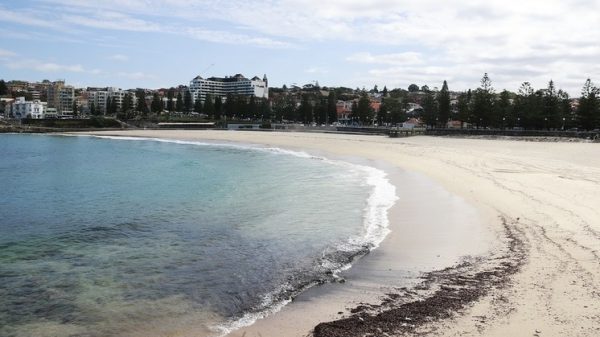Environmentally friendly device “tailored” to combat pollution
Japan will launch the world's first wooden satellite to combat space pollution. The environmentally friendly LignoSat probe, launched into orbit this summer, was created to combat harmful aluminum particles.

Japanese scientists have created one of the most unusual spacecraft in the world — a tiny satellite made of wood.
The Observer reports that the LignoSat probe was made from magnolia wood, which was found to be particularly strong and resistant to cracking in experiments carried out on the International Space Station (ISS). Plans for its launch on an American rocket this summer are currently being finalized.
The wooden satellite was built by researchers from Kyoto University and forestry company Sumitomo Forestry to test the idea of using biodegradable materials such as wood to see if they could act as an environmentally friendly alternative to the metals that all satellites are currently made from.
“All satellites that return to Earth's atmosphere burn up and create tiny particles of aluminum oxide that will float in the upper atmosphere for many years,” Takao Doi, a Japanese astronaut and aerospace engineer at Kyoto University, recently warned. “Ultimately, this will affect the Earth's environment.”
To solve this problem, researchers in Kyoto have launched a project to evaluate wood varieties to determine how well they can withstand the rigors of space launch and long-duration flights in Earth orbit. The first tests were carried out in laboratories reproducing conditions in space, and it was found that the wood samples showed no noticeable changes in mass or signs of decay or damage.
“The ability of the wood to withstand these conditions amazed us,” says Koji Murata, project manager.
Following these tests, the samples were sent to the ISS, where they were subjected to impact testing for almost a year before being brought back to Earth. Once again, they showed no signs of damage, a phenomenon that Murata attributed to the fact that there is no oxygen in space to cause wood to ignite, and no living creatures to cause it to rot.
Several types of wood were tested, including Japanese cherry, with magnolia wood proving to be the most durable. It has now been used to build the wooden Kyoto satellite, which will contain a series of experiments that will determine how well the spacecraft performs in orbit, Murata said.
“One of the tasks of the satellite is to measure the deformation of a wooden structure in space. Wood is strong and stable in one direction, but can be susceptible to dimensional changes and cracking in the other direction,” he told the Observer.
Murata added that a final decision on the launch vehicle has yet to be made, and the choice has now narrowed to a flight this summer on the Orbital Sciences Cygnus supply ship to the ISS or a similar SpaceX Dragon mission later this year. The coffee mug-sized probe is expected to operate in space for at least six months before it is allowed to enter the upper atmosphere.
If LignoSat performs well during its on-orbit operation, the door could be opened to wood being used as a building material for more satellites. It is estimated that more than 2,000 spacecraft are likely to be launched annually in the coming years, and the aluminum they are likely to spew into the upper atmosphere as they burn up on reentry could soon create serious environmental problems.
< A recent study by scientists at the University of British Columbia, Canada, found that aluminum from returning satellites could cause severe depletion of the ozone layer, which protects the Earth from ultraviolet radiation from the sun, and could also affect the amount of sunlight passing through the atmosphere and reaching the ground.
However, this should not be a problem for satellites built from wood, such as LignoSat, which, when they burn up upon re-entering the atmosphere after completing their mission, will produce only a fine spray of biodegradable ash.< /p>



























































Свежие комментарии